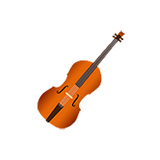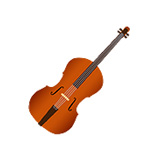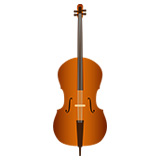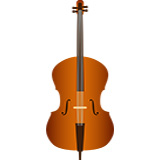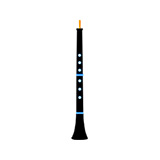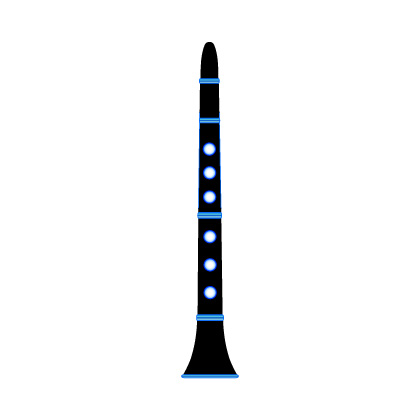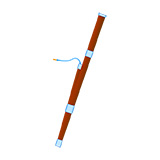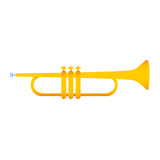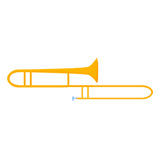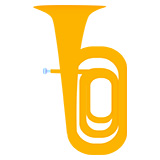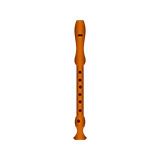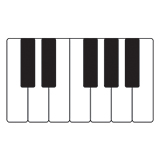
Home - Time Focus Music Method - Time Lines
Practice Suggestions and How to Use the Time Lines Method
Quick Links:
• Time Lines introduction
• An introduction to rhythm and melody
• Time Lines Table of Contents
• Time Lines Color Blocks
• Get the Time Lines book
The Time Lines method can help you become a better musician every day if you practice it well. Here are some tips and suggestions to help you get the most out of the material in the book and on the website.
It’s important to understand that gathering information is only a small part of becoming a good musician. We must practice well to truly learn and develop our skills. Practice the Time Lines exercises, patterns, and melodies every day with the recordings on this site or with a metronome, and always keep these words in mind to become a good musician: Accurate repetition is essential for success!
This website includes both the information and the tools to guide you in your practice. I will regularly add new materials. You can receive regular updates by subscribing to the Music All the Time Newsletter.
Clap and count each example with a metronome before playing it.
Listen to each of the audio examples on the website to ensure your accuracy as you clap and play.
Clap along and play along with the audio examples to feel the beat and rhythms better.
If the audio examples are too fast for you, use a metronome to practice them more slowly at first. MetronomeBot has a wide selection of metronomes at different tempos.
The beat numbers and subdivisions of the beat are included in the rhythm exercises in the book, but not the patterns or melodic phrases. If a rhythm is particularly challenging, you can write the beats underneath the music in the book.
Practice all of the rhythm exercises in a unit before moving on to the rhythm patterns. Doing so will help you develop a good practice discipline in addition to improving your rhythm skills.
There are a couple of ways to practice the rhythm patterns and melodic phrases — either practice all of the patterns and then move on to the phrases, or practice one pattern at a time and move on to its corresponding melody. Either approach can be beneficial.
All of the melodies within a unit can be played together at the same time since they follow the same harmonic progression. Therefore, you can create duos, trios, or more by playing multiple melodic phrases together. You can also create longer pieces by playing multiple patterns, one after another.
Make it fun and creative! Once you have practiced a rhythm exercise enough times to play it accurately and effortlessly, you can change the pitches. There are a few ways to do that. For one, you can play the rhythm on different pitches of a scale or chord. You can also improvise pitches while playing the rhythm, thus creating your own melody.
Add dynamics to the patterns and melodies. Some basic options include playing a pattern once at a forte level, and then repeating it mezzo piano. You can also make a crescendo the first time, and diminuendo on the repeat. The sky is the limit! For exercises that specifically work on dynamics, see the Time Expressions book, by Kyle Coughlin.



